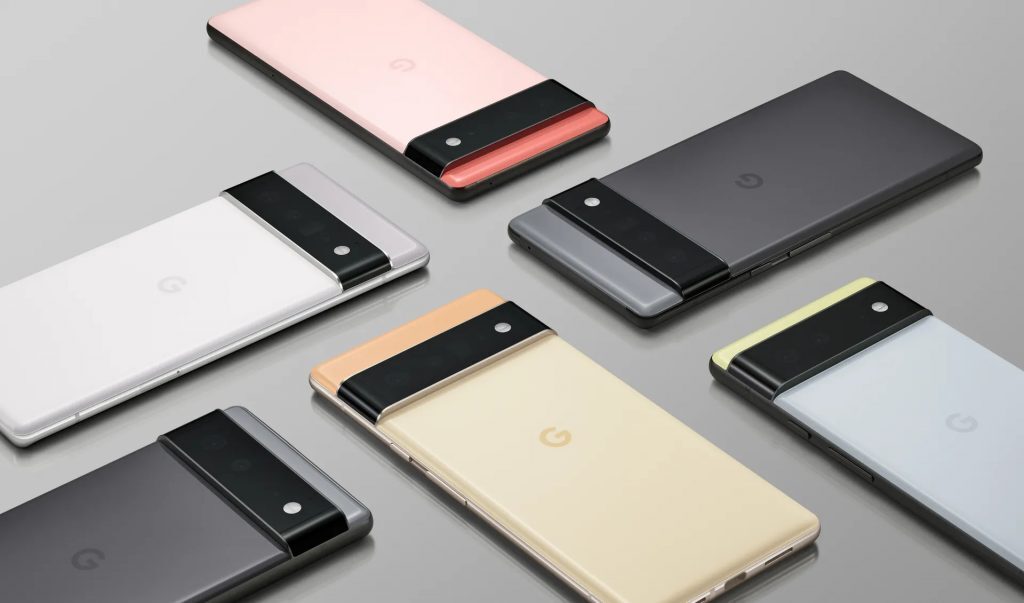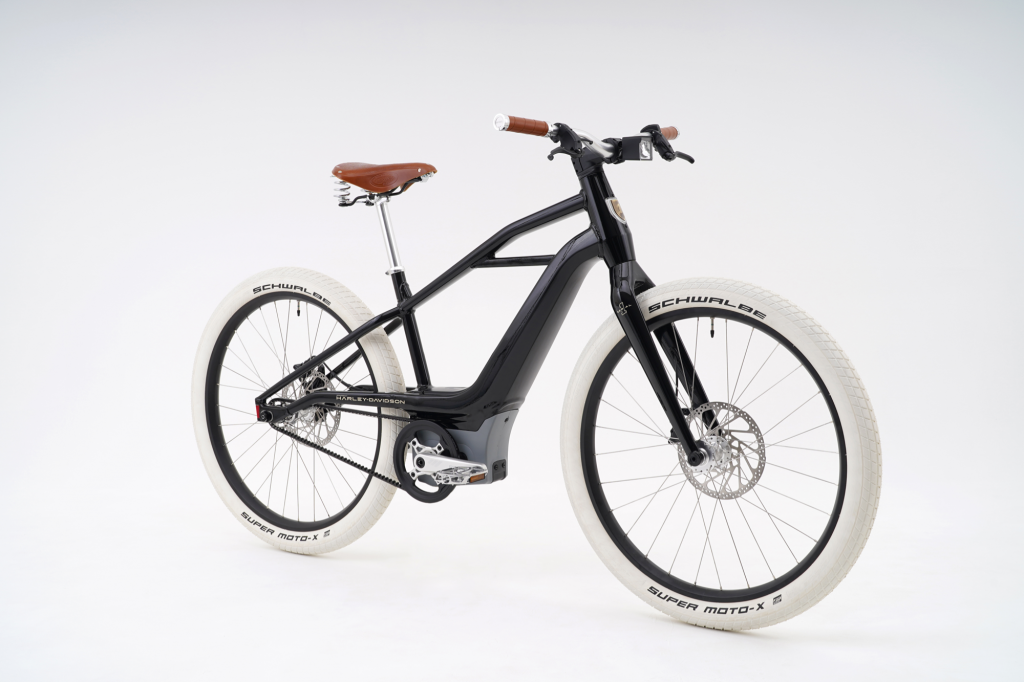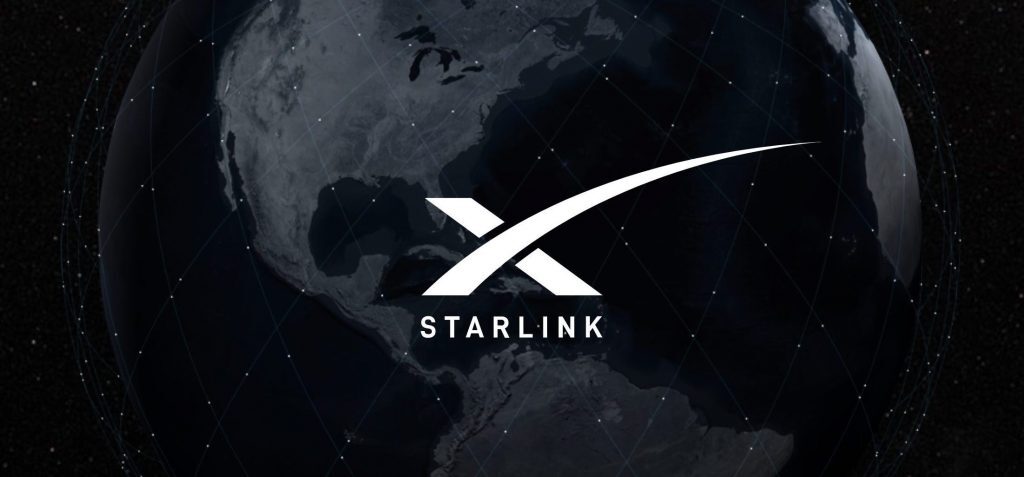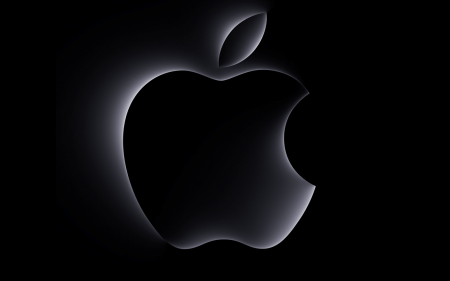Google might be upping charging speeds for Pixel 6 — finally

Google’s next flagship smartphones, the Pixel 6 and 6 Pro, are on their way with Google’s new tensor chips and we’re waiting with bated breath. While Google has officially confirmed the devices exist and that they’ll be running tensor chips, that’s about all we know… officially. Unofficially, there have been a few rumours circulating, as with literally every piece of new tech these days.
According to those whispers, we should see a 6.4in FHD+ 90Hz and a 6.7in QHD+ 120Hz display of the Pixel 6 and 6 Pro respectively. From the officially renders, it appears we’ll get two rear camera sensors on the new Pixel and three on its bigger brother, all housed in Googles new take on a camera bump — now a camera ledge.
The newest rumour comes from a Taiwanese regulatory listing discovered by the folks at XDA-Developers. According to the listing, the Pixel 6 will feature 33W charging, which is nearly double the 18W that Pixels have shipped with since the first Pixel in 2016. This is good news because the new 6 Pro is rumoured to come with a 5,000mAh battery and with 18W charging that would take a few hours to fill. It’s a far cry from Xiaomi’s 120W, but it’s time Samsung and Google started catching up with the trend.
China imposes more limits on kids

We wouldn’t want to be a kid in China today, they seem to be having it pretty rough. Not so long ago, the country put limits in place for any child under 18 which limits their gaming time to just three hours a week. Now, kids under 14 will need to use ‘Youth Mode’ which will limit them to 40 minutes a day and only between 6am and 10pm. According to ByteDance, this is another step towards combatting the seemingly epidemic-scale digital addiction issue China’s children are facing.
China is able to police this easier than other countries because a) users have to register with their real name and government-issued ID and b) because parents are strongly encouraged to ensure their kids are registered using the proper methods. If that weren’t enough the company has also opened a bug bounty program that will award people who find vulnerabilities with a book card, very compelling.
Source: The Next Web
Harley-Davidson launches vintage-themed e-bike

If you were among the few people that were disappointed that the first round of e-bikes from Harley-Davidson all looked like they were from the future, then you can stop being disappointed. The first e-bike made by the motorcycle company, the Serial 1, will be launching as a limited edition complete with leather saddle and grips and a set of fat white tires.
The cheapest of the Serial 1 models, the Mosh/Cty starts at $3,800 (R55,430) and that’ll only get you up to about 32km/h. The very fancy-looking vintage model, the Mosh/Tribute goes for an eye-watering $6,000 (R87,530).
Internally, it’s the same as the Mosh/Cty but looks like it’s from the 1950s. It has a removable 529Wh battery which will give you a range of between 56km and 170km, depending on your ride mode and the terrain. It’ll take about 5 hours to charge when it’s flat. We don’t think we’ll get any of these models shipped here, and they’re only making 650 of the vintage model so if you really want one, you’ll need to pull some serious strings.
Source: Engadget
Elon Musk says Starlink will come out of beta in October
 Starlink, SpaceX’s internet service CEO Elon Musk tweeted that his satellite internet service Starlink will be coming out of beta next month (October). Well, to be clear he didn’t say so in so many words but was responding to the question on Twitter.
Starlink, SpaceX’s internet service CEO Elon Musk tweeted that his satellite internet service Starlink will be coming out of beta next month (October). Well, to be clear he didn’t say so in so many words but was responding to the question on Twitter.
If he was being serious, it’s a good step towards Musk’s ambitious goals of having global internet coverage that fills the gaps “between 5G and fiber(sic)” and gets “to the parts of the world that are the hardest to reach,” he said. The Starlink system relies on a network of, so far, around 12,000 low-orbit satellites but that number is expected to increase as the company expands.
You’ll need a terminal to connect to the service which costs around $500 (R7,400) and a router for your devices to connect to. There’s also a monthly fee of $100 (R1,400) but those might change when the service comes to South Africa next year.
Source: The Verge



